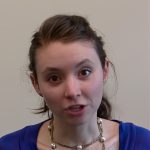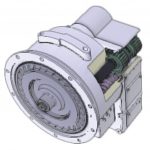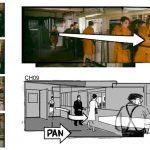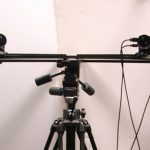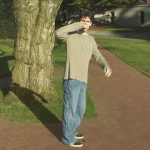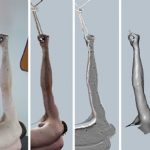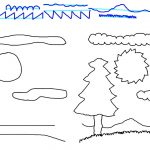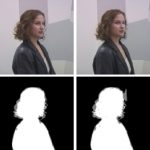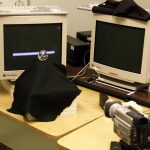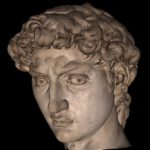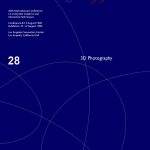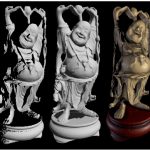Brian Curless
Most Recent Affiliation(s):
- University of Washington, Assistant Professor
Bio:
SIGGRAPH 2000
Brian Curless is an assistant professor of Computer Science and Engineering at the University of Washington. He received a B.S. in Electrical Engineering from the University of Texas at Austin in 1988 and M.S. and Ph.D. degrees in Electrical Engineering from Stanford University in 1991 and 1997, respectively. Curless’s recent research has focused on acquiring and building complex geometric models using structured light scanning systems. In the vision literature, he has published results on fundamentally better methods for optical triangulation, and at SIGGRAPH, he published a new method for combining range images that led to the first “3D fax” of a geometrically complex object. Curless currently sits on the Technical Advisory Board for Parafonn, Inc., a company that is commercializing Stanford-developed technology for building CAD-ready models from range data and polygonal meshes. In the winter of 1999, Curless worked with Marc Levoy on the Digital Michelangelo Project in Florence where they captured the geometry and appearance of a number of Michelangelo’s statues. His teaching experience includes both graduate and undergraduate graphics courses, including courses related to 3D photography taught at Stanford, the University of Washington, CVPR ’99, and SIGGRAPH ’99. Curless received a university-wide Outstanding Teaching Award from Stanford in 1992 and an NSF CAREER award (1999) and Sloan Fellowship (2000) at the University of Washington.
SIGGRAPH 1999
Brian Curless is an assistant professor of Computer Science and Engineering at the University of Washington. He received a B.S. in Electrical Engineering from the University of Texas at Austin in 1988 and M.S. and Ph.D. degrees in Electrical Engineering from Stanford University in 1991 and 1997, respectively. After the B.S. degree, Curless developed and Implemented high speed, parallel, digital signal processing algorithms at SRI International. While earning the Ph.D., he consulted for Silicon Graphics Incorporated and built the prototype for SGl’s Annotator product, a system for hyper-media annotation of 3D databases. Curless’s recent research has focused on acquiring and building complex geometric models using structured light scanning systems. In the vision literature, he has published results on a fundamentally better method for optical triangulation, and at SIGGRAPH, he published a new method for combining range images that led to the first “3D fax” of a geometrically complex object. Curless currently sits on the Technical Advisory Board for Paraform, Inc., a company that is commercializing Stanford-developed technology for building CAD-ready models from range data and polygonal meshes. He is also a member of the Editorial Board for the Journal Computers and Graphics. In the winter of 1999, Curless will work with Marc Levoy on the Digital Michelangelo Project in Florence where they will capture the geometry and appearance of Michelangelo’s statues. Curless received an Outstanding Teaching Award from Stanford University in 1992 and he’s been recommended for an NSF CAREER award that begins in the spring of 1999.
Learning Category: Jury Member:
Learning Category:
Course Organizer:
Presentation(s):
Role(s):
- Course Organizer
- Course Presenter
- Talk (Sketch) Presenter
- Technical Paper Presenter
- Technical Papers Jury Member
Submit a story:
Did you know you can send us a photo of yourself and a bio and we will post it? Make sure the photo is at least 1000 x 1000 and send it to the email above along with the bio and we will add it to your page.

